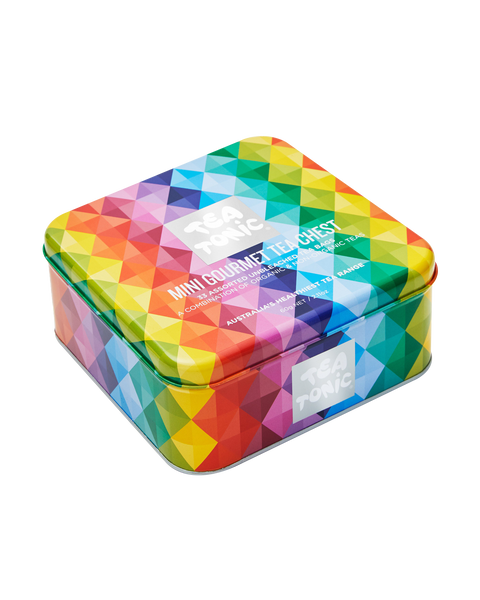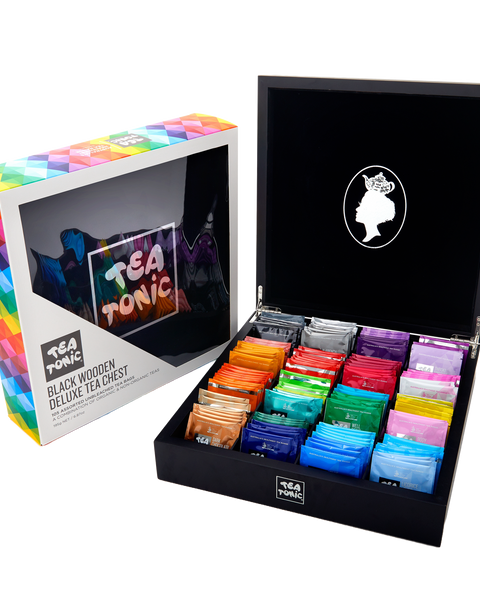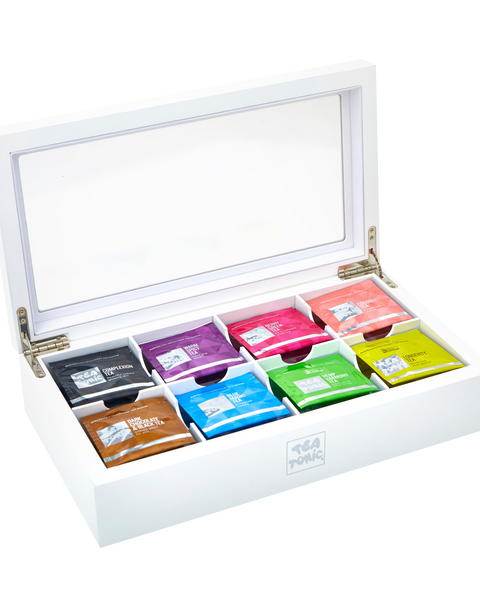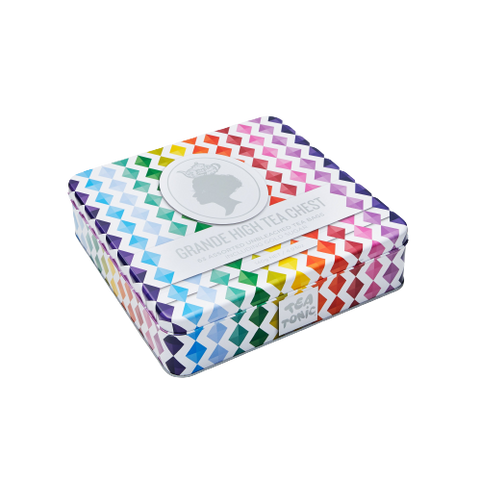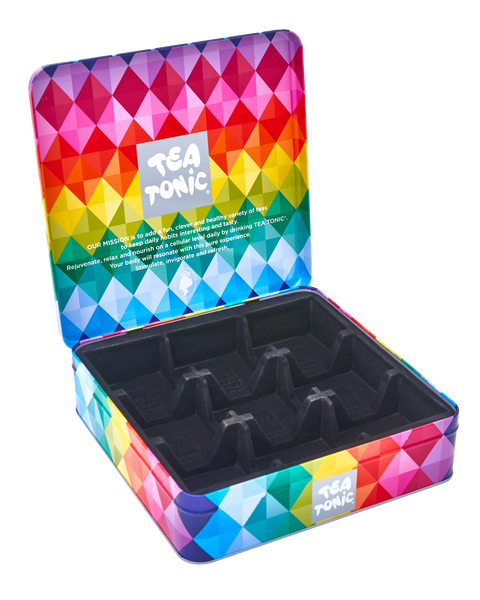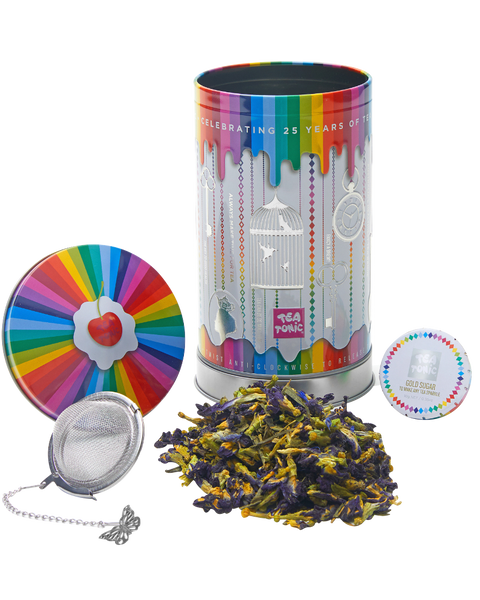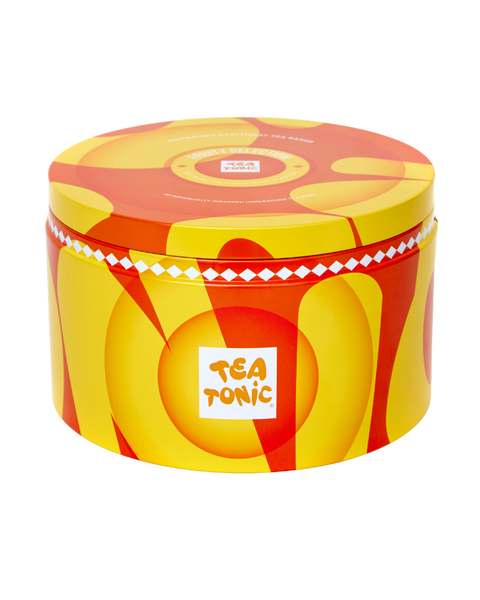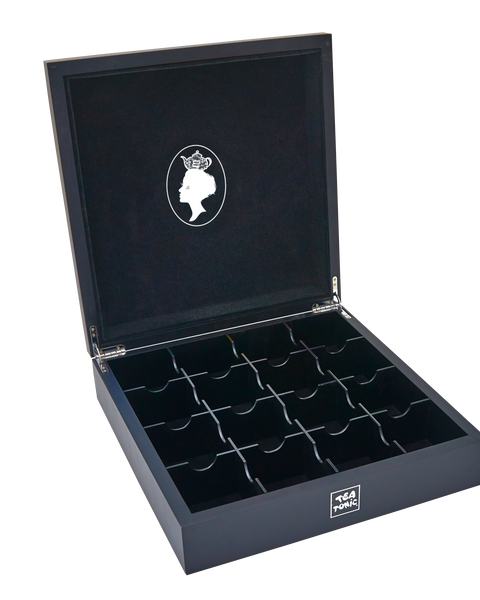Tea Chest FAQs
What is a tea chest?
Tea chests were originally wooden cases with metal edges made to transport tea via ship. To preserve the tea, tea chests were often lined with metal foil of some variety.
Tea chests are no longer commonly used for transporting tea; however, miniature versions have become popular as packaging for tea-related gifts.
Why is it called a tea chest?
Quite literally, the tea chest was a wooden box used to carry tea, hence the name ‘tea chest’.
Where did the tea chest originate?
The East India Company used early versions of tea chests in the late seventeenth century to ship tea from China. These early versions needed to maintain the freshness of the tea whilst shipping in humid regions. To do this, tea chests of the era were lined with lead! Thankfully, this changed, and Aluminium became the metal liner of choice.
Tea chests were mainly shipped to tea-loving countries like the United Kingdom, New Zealand, Australia and the United States.
What size is a tea chest box?
Traditionally, a tea chest box held 42 to 58 kilograms of tea. The size of the chest itself would vary, depending on where the box was being shipped, and the client’s preference.
What you see today being sold as tea chest boxes is a little different. Now a tea chest is a wooden box containing sections that include smaller packets of loose leaf teas, or tea bags. These boxes are much smaller than traditional tea chests, and are designed as beautifully presented gifts that look good on most kitchen benches and tables. (A tea chest box has an air of mystery to it, enticing the owner to open it and select a new tea each day.)


